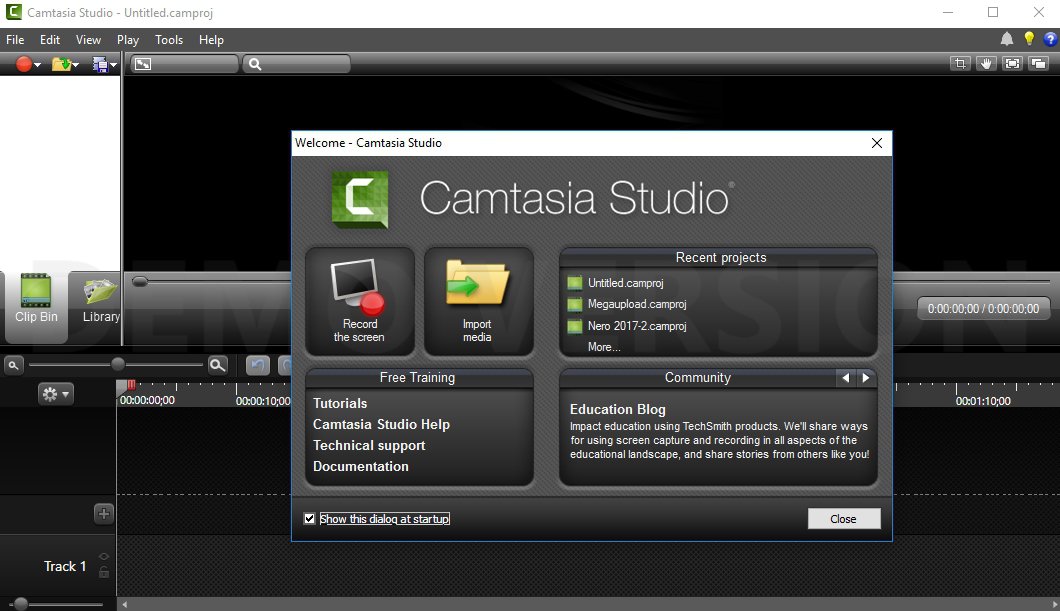


When burnt out in Furnace ceramic mould remains Molten metal is Poured in ceramic mould Post processing And Individual Cast is separated 3 steps combine would cost 52% total cost And 16 -20 weeks in time Adoption of QuickCast reduces Total cost from 52% to 22% and 6- 8 weeks in time reductionĬase Study About? How did Stereolithography (SL) and the QuickCast TM build style provide the winning combination for meeting critical deadlines in AlliedSignal's development of the 731-20 Turbo Fanjet Engine for Lear 45 seated Business Aviation Jet. Traditional investment Casting V/S QuickCast Type investment Casting QuickCast Traditional Methodįormation of Metal Die Wax Pattern is Prepared Wax pattern is Invested with refractory materials After Investment Baked in autoclave Molten metal is Poured in ceramic mould Post processing Takes place Individual Cast is Separated Solid 3D mould Are created by SLA Process These mould are Invested with Ceramic slurry. QuickCast patterns must be fully sealed to ensure no ceramic slurry leaks into the hollow structure Since humidity and temperature can have an adverse impact on QuickCast patterns, special care must be taken in shipment The resulting casting must be metallurgically sound. The pattern must be sufficiently accurate to accommodate normal investment casting problem. Points to be considered For QuickCast They must be reliable and repeatable. The small amount of ash that remains in the cavity can easily be evacuated using suction methods. The QuickCast® pattern will burn out in the investment casting process with very little residue. During burnout, the QuickCast® pattern collapses before the ceramic shell can crack. QuickCast Cont… QuickCast® replaces traditional wax patterns for investment casting with patterns created in a robust, durable material, without tooling and without delay. Why Beehive or honey comb structure? To avoid expansion during burning, provides high structural integrity. The result is a 65-80% hollow part with an internal beehive or Honeycomb type lattice structure, which gives the part tremendous structural integrity. Holes in the bottom of the part allow uncured resin to drain from the part. This is achieved by curing only external surfaces and an internal lattice structure. Instead of the SLA part being completely solid, QuickCast® eliminates 95% of the internal mass of the part. QuickCast® facilitates rapid production of small quantities of metal parts in much less time than traditional methods. The QuickCast® method allows you to rapidly build highly accurate resin patterns in Stereolithography, bypassing the expensive and time-consuming step of tooling. Introduction to QuickCast QuickCast® is a process that allows for the creation of direct shell investment castings using 'QuickCast®' Stereolithography (SLA) patterns. Types of Rapid Tooling Processes Rapid Prototyping Rapid Tooling QUICKCAST Indirect Tooling The term Rapid Tooling (RT) is typically used to describe a process which either uses a Rapid Prototyping (RP) model as a pattern to create a mold quickly or uses the Rapid Prototyping process directly to fabricate a tool for a limited volume of prototypes.
QUICKCAST FOR WINDOWS FULL
Rapid Tooling Rapid Tooling processes use CAD/CAM techniques to make tools and moulds for product assessment, short production runs and full production. Video Presentation on Investment Casting Īdoption RP technologies in Investment Casting With so much of benefits from Investment Casting, where does RP technologies fit in? Secondly the master mould is filled with wax pattern This wax pattern is baked with coating of silica, graphite mixed in water Later the wax is melted away leaving cavity of ceramic mould where molten metal is poured. It Consists of following stages, Firstly a Master mould in prepared using fusible alloy preferably Aluminium. Introduction to Investment Casting This process of making castings is Often referred to as “lost wax casting” and “Precision Casting”. Overview Introduction to Investment Casting Adoption of RP Technologies In Investment Casting QuickCast Case study Conclusion


 0 kommentar(er)
0 kommentar(er)
